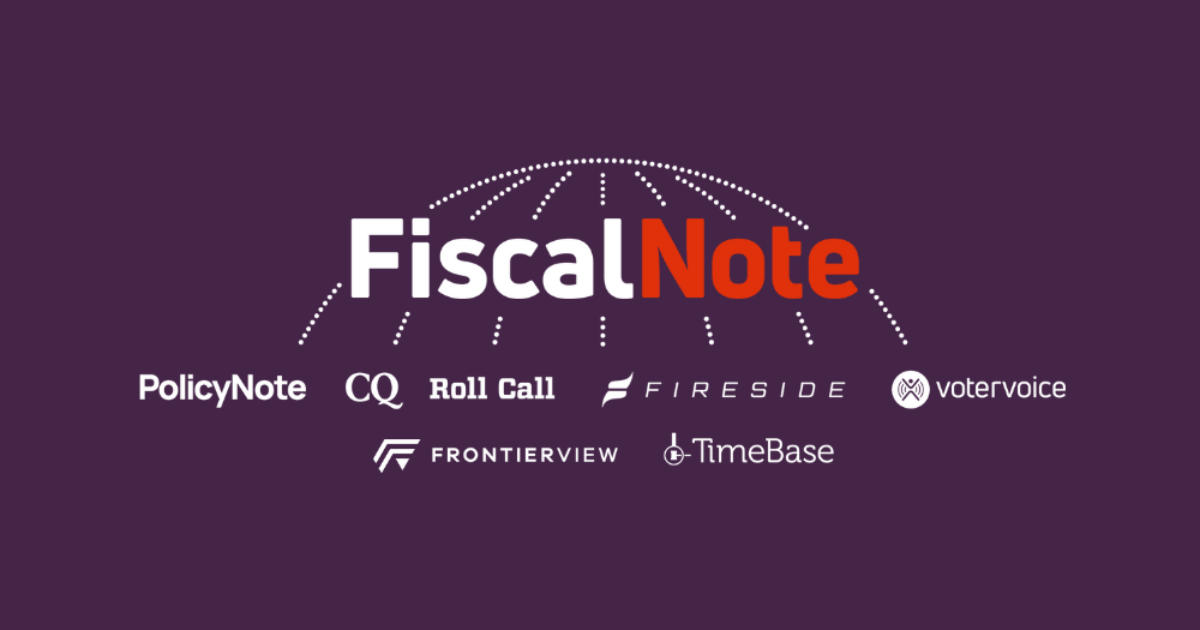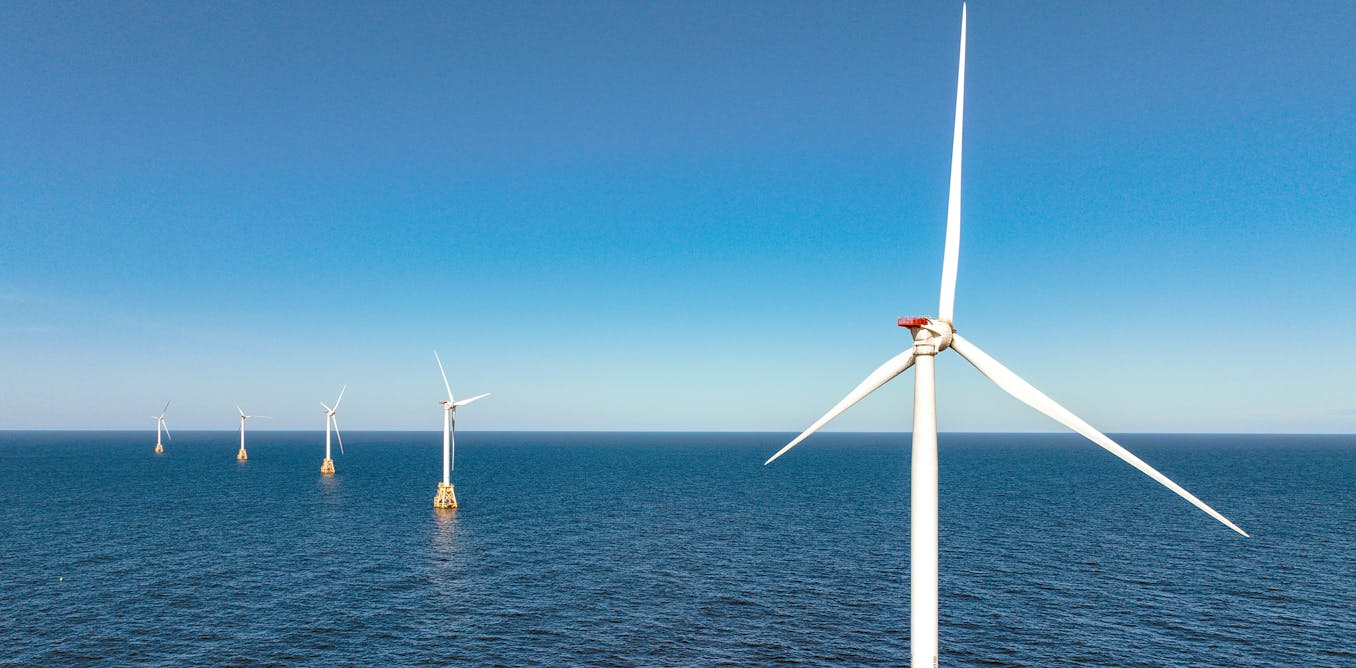Astronomers have exposed the James Webb Space Telescope (JWST) to its first glimpses of the universe’s most violent and gory events: stars being ripped apart and devoured by black holes. The powerful space telescope discovered the black holes involved in these stellar murders lay in wait, slumbering in dusty galaxies, until their victims approach.
Using the James Webb Space Telescope (JWST), the team focused on several of these so-called tidal disruption events (TDEs) in dusty, shrouded galaxies. TDEs occur when a supermassive black hole at the heart of a galaxy latches on to a passing star and shreds it, releasing a tremendous blast of energy. Since the observation of the first TDE in the 1990s by the X-ray ROSAT All-Sky Survey, astronomers have discovered around 100 such star-destroying events.
Excitingly, these JWST TDE observations suggest that these violent and powerful incidents could be common in galaxies that are shrouded by dense veils of gas and dust, meaning they are currently hidden from view.
“These are the first JWST observations of TDEs, and they look nothing like what we’ve ever seen before,” Megan Masterson, study team leader and a researcher at the Massachusetts Institute of Technology, said in a statement. “We’ve learned these are indeed powered by black hole accretion, and they don’t look like environments around normal active black holes.
“The fact that we’re now able to study what that dormant black hole environment actually looks like is an exciting aspect.”
How does a supermassive black hole hide its diet of stars?
A TDE begins when a star’s orbit brings it close to a supermassive black hole with a mass millions or even billions of times greater than the sun’s. That tremendous mass generates an immense gravitational influence, which, in turn, creates powerful tidal forces with the doomed star.
This causes a star to be simultaneously squashed horizontally and stretched vertically, a process scientists have colorfully dubbed “spaghettifiction.”
However, this stellar pasta doesn’t fall straight to the black hole. Instead, it forms a swirling, flattened cloud around the black hole called an “accretion disk” that gradually feeds material to the cosmic titan. The same tidal forces that spaghettified the star cause the accretion disk to glow brightly.
Meanwhile, much of the matter that composed the dead star is channeled to the poles of the black hole, where it is accelerated to near light-speed and is ejected out as high-energy jets. These jets also emit electromagnetic radiation, contributing to the brightness that makes the TDE conspicuous across the electromagnetic spectrum.
Most TDEs are seen in optical and X-ray radiation occurring in galaxies with relatively little gas and dust. These events are tougher to see in galaxies with dense dusty shrouds, however.
That is because dust and gas can absorb electromagnetic radiation in optical and X-ray wavelengths. Thus, TDEs occurring in these galaxies are easily missed. However, infrared light is less easily absorbed by dust clouds — and the JWST just happens to be the most sensitive infrared telescope ever devised.
The study team focused the $10 billion space telescope on four dusty galaxies in which TDEs are thought to have occurred. Indeed, the JWST detected in these galaxies the infrared fingerprints of supermassive black holes gulping down stellar matter from an accretion disk.
Fingerprints at a cosmic crime scene
In fact, the team used the JWST to confirm TDEs in these dusty galaxies using a very specific infrared emission that can only result from feeding black holes. This “fingerprint” is created when the huge amount of radiation from a black hole’s accretion disk strips electrons from atoms around the black hole, therefore ionizing them. In particular, the ionization of neon causes the release of infrared radiation at a very specific wavelength. The JWST can spot this telltale emission.
“There’s nothing else in the universe that can excite this gas to these energies, except for black hole accretion,” Materson said.
The team investigated 12 suspected dusty TDE locations, finding this neon fingerprint in four of them. This included the closest TDE to Earth detected thus far, which is located in a galaxy located 130 million light-years away.

Confirming supermassive black hole accretion in these galaxies was just the first step for the team. Next on the agenda was determining if these black holes are constantly feeding “active” black holes with a steady supply of gas and dust, or if they were slumbering dormant giants before the stellar dinner bell rang, waiting to rip up stars.
The JWST spotted key differences between the matter in these galaxies and the dust in active galaxies in which a supermassive black hole is constantly feeding on surrounding material. Active galaxies normally host clumpy, doughnut-shape dust clouds around their supermassive black holes. However, this team found all four dusty galaxies studied with the JWST showed very different patterns compared to those of typical active galaxies.
That implies that the supermassive black holes in these four heavily shrouded galaxies were lying dormant beyond the stars they feast upon entered their vicinity and got destroyed.
“Together, these observations say the only thing these flares could be are TDEs,” Masterson said.
The next step for the astronomers will be to detect more currently obscured TDEs. This could help them better understand those events and determine just how much stellar material supermassive black holes devour and how much they spit out. The increased data could also help reveal how long the TDE process takes, as well as help decode some of the fundamental properties of supermassive black holes, such as the speed at which they spin and how massive they are.
“The actual process of a black hole gobbling down all that stellar material takes a long time,” Masterson explained. “It’s not an instantaneous process. And hopefully, we can start to probe how long that process takes and what that environment looks like. No one knows because we just started discovering and studying these events.”
The team’s research was published on Thursday (July 24) in The Astrophysical Journal Letters.









